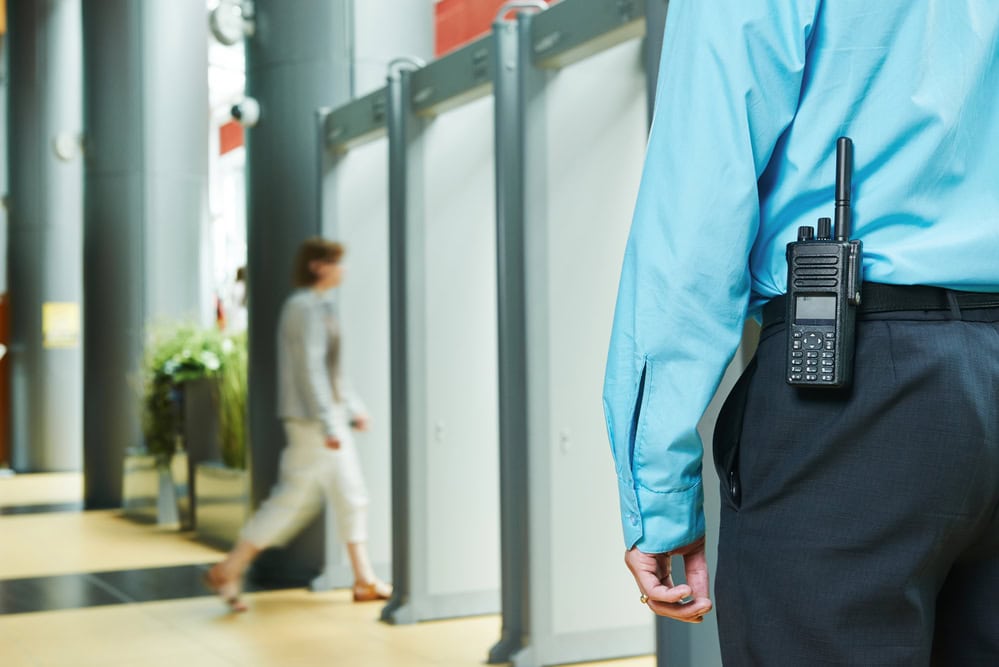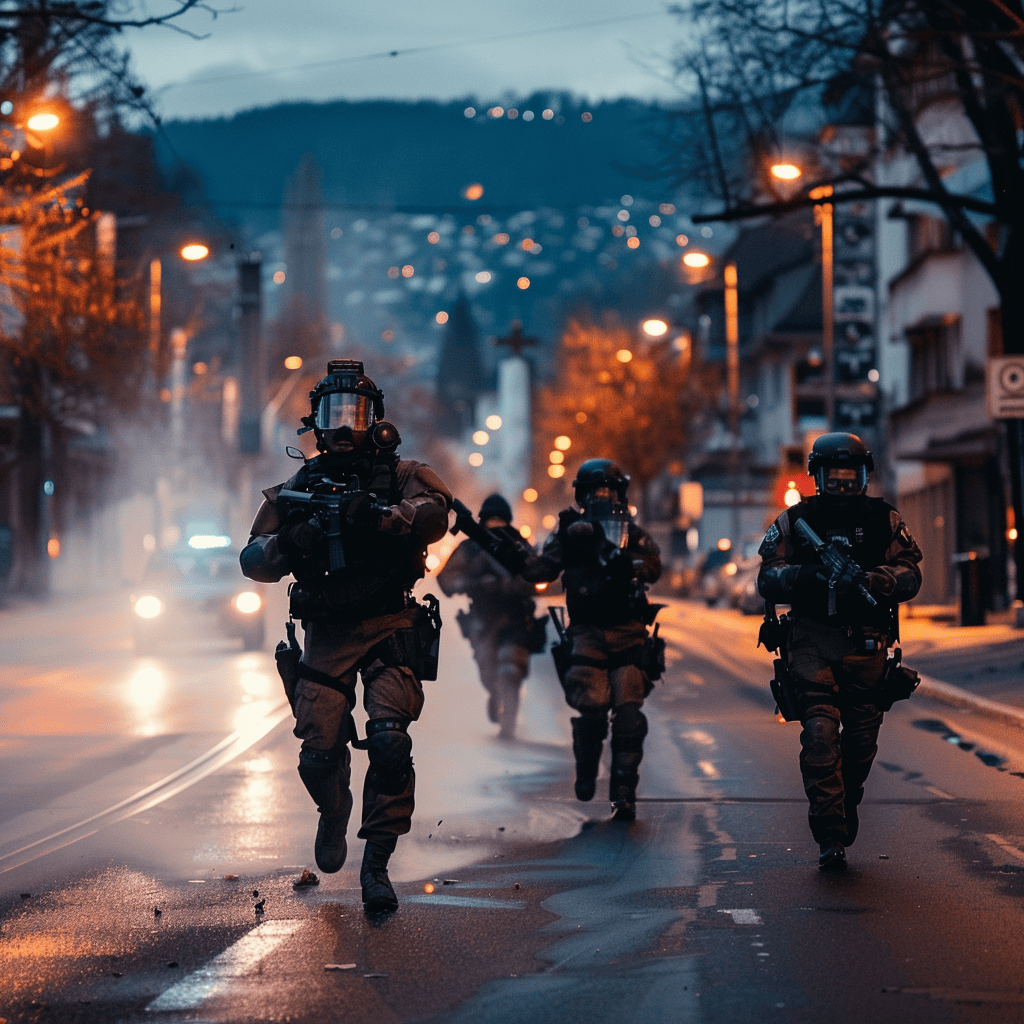The right hard disk in video surveillance
Whether in retail stores, in front of company buildings or near public places: Video surveillance systems place high demands on the most important asset on which the data is recorded: the hard disks.

Video surveillance systems usually operate without interruption and have to cope with very high demands. So-called surveillance HDDs are designed for continuous operation and typically have an MTTF time (Mean Time To Failure) of one million operating hours. This corresponds to an Annualized Failure Rate (AFR) of 0.88 percent. For an installation of 1000 drives, about nine HDDs would fail per year as an example. Normal desktop HDDs, which are designed to run 8 to 16 hours per day, typically have an MTTF time of 600,000 hours. Due to the high data load in video surveillance, hard drives must be built robustly. This also has an impact on the mechanical components of an HDD drive.
High resilience and performance
In terms of data load, surveillance HDDs can handle 180 terabytes of data annually. In contrast, desktop HDDs with less access activity, which handle comparatively smaller data volumes, are designed for a minimum of 55 TB per year. The probability of errors and failures would therefore reach a critical point more quickly with a normal HDD. Hard disks in the video surveillance sector also often have to process several high-resolution video streams in parallel. Surveillance HDDs, on the other hand, are equipped with special firmware and a much larger cache memory. This makes many parallel read accesses possible. However, if additional requirements such as artificial intelligence algorithms are involved, the high parallel write rates generate voluminous read rates. In this case, enterprise HDDs should be considered. Moreover, the use of video surveillance does not always take place in the best air-conditioned environments. Therefore, surveillance HDDs are designed for even higher temperatures than regular HDDs.
Typically, surveillance HDDs can withstand temperatures between 0 and 70 °C, while desktop HDDs are usually designed for temperatures between 0 and 60 degrees. HDD manufacturers also usually have to subject their surveillance HDDs to extensive compatibility and functional testing in various VTRs to ensure best interoperability. Various compatibility lists from the manufacturers are often consulted for this purpose.
Source: Toshiba/Editorial









